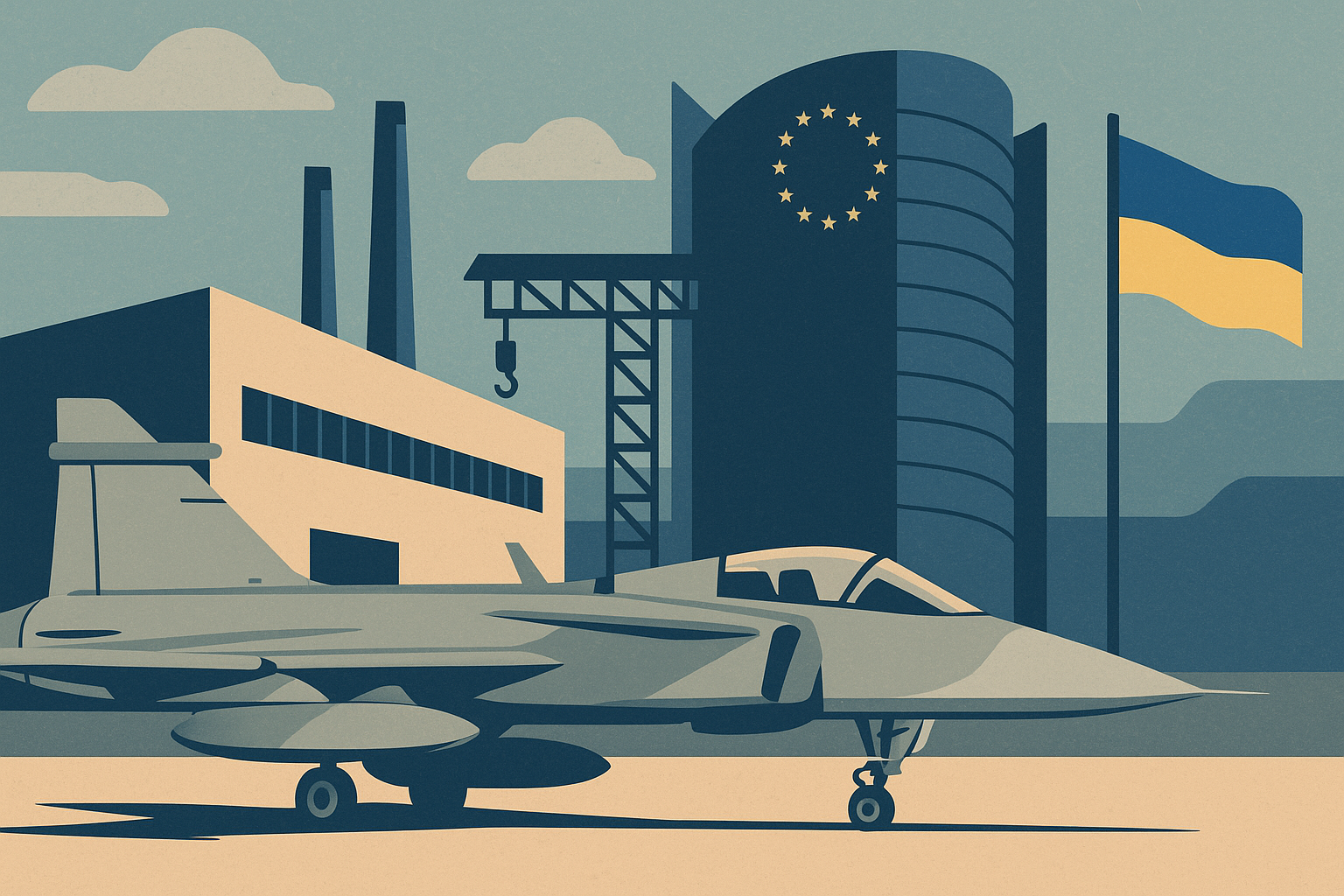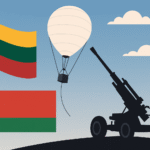Swedish defence company Saab has announced plans to establish a final-assembly and testing facility in Ukraine as part of an ambitious proposal for Kyiv to purchase up to 150 Gripen fighter jets — a move that would significantly expand Saab’s global production capacity and deepen Sweden’s defence partnership with Ukraine.
Speaking to the Financial Times, Saab CEO Micael Johansson confirmed that a deal with Ukraine could double Gripen production needs, marking one of the largest contracts in the company’s history. “It is not so easy during a war, but it would be great to set up capacity for at least final assembly and tests — and maybe part production — in Ukraine,” Johansson said.
A Landmark Defence Partnership
The announcement follows the signing of a letter of intent last week between Ukrainian President Volodymyr Zelenskyy and Swedish Prime Minister Ulf Kristersson for the acquisition of between 100 and 150 JAS 39 Gripen fighters. The financing structure for the deal, however, remains under negotiation.
The Gripen, known for its versatility and low operating costs, is seen as particularly well-suited to Ukraine’s battlefield needs. Unlike many Western jets, it can take off and land on regular roads, requires minimal maintenance, and was specifically designed to counter Russian airpower — making it ideal for Ukraine’s current operational environment.
Ukraine has already received several U.S.-made F-16s, but military analysts argue that Gripens may offer better flexibility and resilience under wartime conditions.
Expanding Global Production
If the Ukrainian deal proceeds, Saab’s manufacturing output would need to expand rapidly. The company currently produces roughly 10 Gripens per year, with a historic peak of about 18, according to Sash Tusa, an aerospace and defence analyst at Agency Partners.
A full-scale Ukrainian contract could push Saab to double production capacity, surpassing previous records. Johansson said Saab would also increase production in Brazil—where the company already assembles aircraft under license—and consider additional capacity in Canada and other European countries.
Tusa noted that while doubling production would be a significant challenge, Saab’s flexible supply chain gives it “a better chance of ramping up than many competitors.”
Financing and Political Support
Sweden is in discussions with European Union leaders to develop a financing framework for the deal. One proposal involves using frozen Russian assets to fund Ukraine’s arms purchases, though the plan faces resistance from Belgium, which hosts much of the EU’s custodial infrastructure for those funds.
“What needs to come into place is this financing solution that’s being discussed at the political level,” Johansson explained. “How much burden will Sweden take in terms of financing and risk, how much can be shared with other countries, and how much can be used in terms of Russian confiscated assets — that’s still not 100% clear.”
If approved, the deal would be a major milestone for Saab, which has delivered 60 Gripens to Sweden, 36 to Brazil, and four to Thailand. It would also represent a symbolic shift in Europe’s defence industry, with wartime Ukraine emerging not only as a customer but also as a potential production hub for advanced Western weaponry.
A Strategic Move for Ukraine and Europe
For Kyiv, the establishment of a domestic Gripen assembly plant would be both an industrial and strategic breakthrough, bolstering the country’s self-sufficiency in defence manufacturing and ensuring long-term maintenance and operational support.
For Sweden and Saab, the partnership underscores Europe’s growing role in rebuilding Ukraine’s defence sector and integrating it into the continent’s security framework.
As Johansson put it, despite the logistical and security challenges of operating in a war zone, “setting up a production capacity in Ukraine would send a strong signal — one of resilience, partnership, and confidence in Ukraine’s future.”








